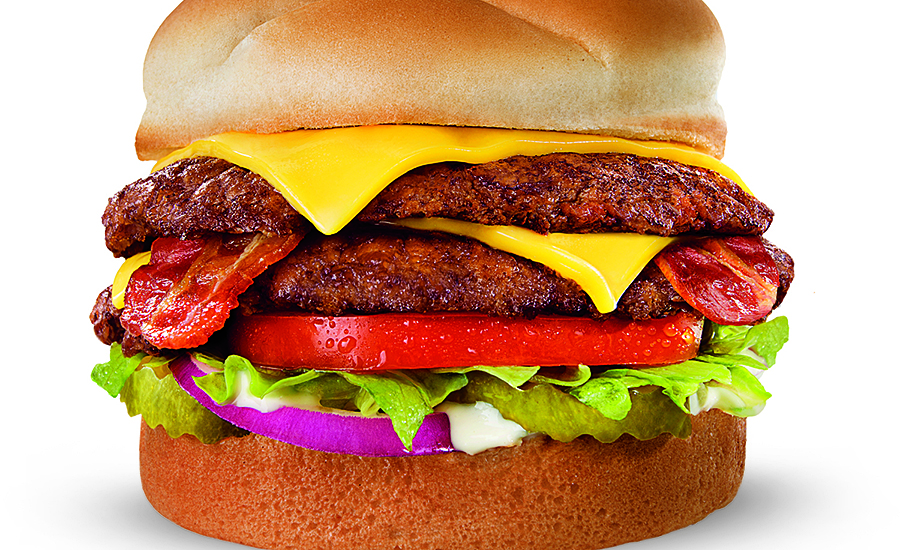The breakfast meat sector is proving to be the unforeseen beneficiary of the COVID-19 pandemic.
The larger base of consumers working from home is leading to a sharp upswing in people ready, willing, and able to prepare breakfast themselves, analysts say, and that is creating greater sales possibilities for sellers of selections such as cooked and uncooked sausage and uncooked bacon.
Consumers not having to rush out the door in the morning is changing what they have for breakfast, says Anne-Marie Roerink, principal at 210 Analytics, a San Antonio-based marketing strategies and market research firm and preparer of the Power of Meat 2021 report. “Breakfast meats have a fantastic opportunity in today’s marketplace to create new shopper routines that are more protein centric,” she says. “We’ve seen great strength across the board, from breakfast sausage and patties to ham slices to bacon.”
Sales of major breakfast meats are up substantially from 2019, prior to the pandemic. Refrigerated cooked breakfast sausage revenues totaled $456 million for the 52 weeks ending Sept. 5, a 33 percent increase compared with the same period in 2019, and a 14% gain versus the similar 2020 period, according to Information Resources Inc. (IRI), a Chicago-based market research firm.
Uncooked bacon sales totaled $5.42 billion during that time frame, up 21% from 2019 and 5% from 2020, IRI says. In addition, uncooked breakfast sausage revenues reached $1.73 billion in that period, a 15% increase from 2019 and no gain from 2020, IRI reports.
A favorable outlook for further growth
Not only are more consumers preparing breakfast meats for in-home eating, but the many time-starved people returning to offices and schools are taking cooked sausage along for an easy and convenient meal, says Erkin Peksoz, IRI client insights consultant. “It becomes a quick solution that helps them have breakfast away from home without going to crowded places,” he says.
Activity, meanwhile, is set to remain strong as many of the more than 86% of Americans that were preparing meals at home at the height of the pandemic are likely to maintain that behavior, Peksoz says.
“About 42% of the population is still working at home and that opens up the opportunity for them to cook more breakfast meats that wasn’t there before,” says Chris DuBois, IRI senior vice president of the protein practice.
Maximizing breakfast meat sales, however, is tricky, Peksoz says. With consumer preferences for specific varieties varying by geographic region, and often zip code, retailers should merchandise selections that appeal to their unique shopper bases, which includes the proper flavors, cuts, and product sizes, he says.
IRI, for instance, notes that original/regular is the most popular uncooked bacon flavor SKU in California and the Great Lakes, Northeast, and Southeast regions, while hickory-smoked is tops in the West, Plains, South Central, and Mid-South areas.
Applewood, meanwhile, is among the top 10 most popular flavor SKUs in only the Great Lakes, South Central, and Southeast regions, while brown sugar is in the top 10 in just the West, Great Lakes, and Mid-South, and maple is only in the top 10 in the Northeast.

Prepare to address shopper predilections
“The major challenge is meeting exactly what the specific customer wants,” Peksoz says. “Just as the brands are doing, retailers should have more of a micro-geography focus to optimize their selections.” That includes addressing both their everyday core buyers and the shoppers who can drive incremental sales, such as cooking enthusiasts, he says. “You need to be able to talk to your mainstream along with those who are different in order to create the best possible assortment mix,” Peksoz says.
Yet, the abundance of breakfast meat alternatives in supermarkets could hamper sales of many items by causing shopper confusion, Peksoz says. “It’s a crowded space with too many products and SKUs,” he says, adding that consumers who feel “overburdened” often just buy their traditional selections. “They don’t experiment or try something different but go with the cheapest solution that fits the bill.”
Merchandisers should analyze their SKUs more frequently and rigorously, Peksoz says. Cross promotions also are likely to generate greater activity, he says, particularly those that feature both breakfast meats and other meat options as well as relevant side dishes such as breakfast potatoes. Cross-promotional selections, however, should differ in accordance with the specific geographic product preferences as well, Peksoz says. Roerink adds that breakfast meal displays with meats can drive impulse purchases.
The digital day is dawning
Merchandisers will further benefit by including breakfast meats in online promotions, Peksoz says, noting that consumer interest in electronic commerce is skyrocketing. Roerink says bacon and ground beef are the only two meat items among top 15 fresh selections that shoppers purchase online. “It’s all about landing in that basket at least once as many online shoppers start with past purchases,” she says. “As such, driving trial and high top-of-mind brand awareness are key to making sure the online market share at a minimum matches the in-store share.”
To maximize category growth, breakfast meat merchandisers must also attract the large base of wellness-oriented shoppers, many of whom are resistant to consuming processed meats, Peksoz says. “Health claims during the pandemic took a back seat to product availability, which was the most important attribute,” he says. “It is safe to assume the dark cloud for the health effects of processed meats is going to make a comeback when situations are more normal.”





Report Abusive Comment